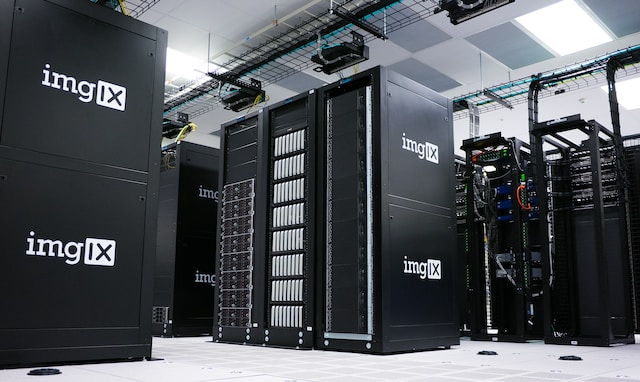In today’s rapidly evolving technological landscape, cloud computing has emerged as a game-changing innovation, revolutionizing the way businesses and individuals manage, store, and access their data and applications. This article explores the multifaceted world of cloud computing, delving into its key components, benefits, challenges, and its impact on various sectors.
What is Cloud Computing?
Cloud computing, at its core, is the delivery of computing services, including servers, storage, databases, networking, software, analytics, and intelligence, over the internet to offer faster innovation, flexible resources, and economies of scale. It eliminates the need for organizations to invest in and manage physical hardware and software infrastructure, instead enabling them to tap into a shared pool of computing resources hosted by third-party providers.
Types of Cloud Computing
Cloud computing comes in various forms, categorized into three main models: Infrastructure as a Service (IaaS), Platform as a Service (PaaS), and Software as a Service (SaaS).
IaaS provides fundamental computing resources like virtual machines and storage, allowing businesses to scale their IT infrastructure as needed. PaaS offers a platform for developers to build, deploy, and manage applications, while SaaS delivers ready-to-use software applications over the internet.
Benefits of Cloud Computing
The adoption of cloud computing brings a multitude of advantages to both individuals and organizations. One of the most significant benefits is cost-efficiency. Cloud services eliminate the need for substantial upfront investments in hardware and maintenance costs, enabling businesses to pay only for the resources they consume, resulting in substantial savings.

Moreover, cloud computing fosters agility by facilitating rapid scalability. Companies can easily adjust their computing resources to accommodate fluctuating workloads, ensuring optimal performance and resource utilization. Additionally, it promotes collaboration, as cloud-based applications and data can be accessed from anywhere with an internet connection.
Challenges and Concerns
Despite its numerous advantages, cloud computing is not without its challenges. Security and privacy concerns are paramount. The storage of sensitive data off-site raises questions about data breaches and unauthorized access. However, cloud providers have made significant strides in enhancing security measures, including encryption and robust authentication protocols.
Another challenge is compliance with regulations and industry standards, which can vary widely across regions and industries. Businesses must navigate these complexities to ensure that they remain in compliance while benefiting from cloud services.
Cloud Computing’s Impact
The impact of cloud computing extends across various sectors, fundamentally altering the way they operate. In healthcare, for instance, cloud computing enables the secure storage and sharing of patient records, facilitating more efficient and collaborative care.
In the education sector, cloud-based learning management systems empower educators to deliver content and engage with students online, especially in remote or hybrid learning environments. Cloud computing has also transformed the entertainment industry, enabling the streaming of media content on-demand.
Conclusion
Cloud computing has become an integral part of our digital age, offering unprecedented flexibility, scalability, and cost-efficiency. While it presents challenges, such as security and compliance, its benefits are undeniable, impacting industries ranging from healthcare to education and beyond. As technology continues to advance, cloud computing will undoubtedly remain at the forefront, shaping the future of how we access and utilize digital resources.

